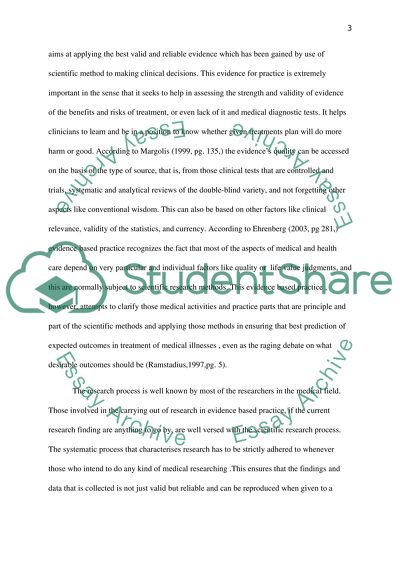Cite this document
(“Principles of research and evidence based practice Essay”, n.d.)
Retrieved from https://studentshare.org/nursing/1395310-principles-of-research-and-evidence-based-practice
Retrieved from https://studentshare.org/nursing/1395310-principles-of-research-and-evidence-based-practice
(Principles of Research and Evidence Based Practice Essay)
https://studentshare.org/nursing/1395310-principles-of-research-and-evidence-based-practice.
https://studentshare.org/nursing/1395310-principles-of-research-and-evidence-based-practice.
“Principles of Research and Evidence Based Practice Essay”, n.d. https://studentshare.org/nursing/1395310-principles-of-research-and-evidence-based-practice.


